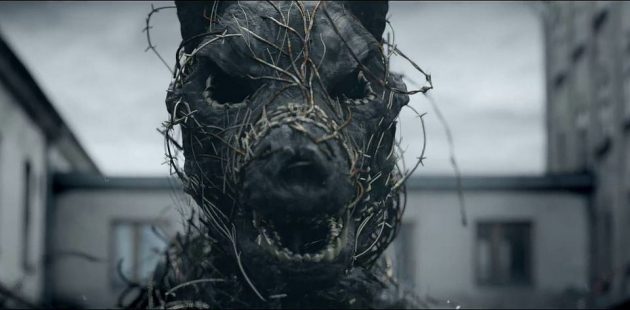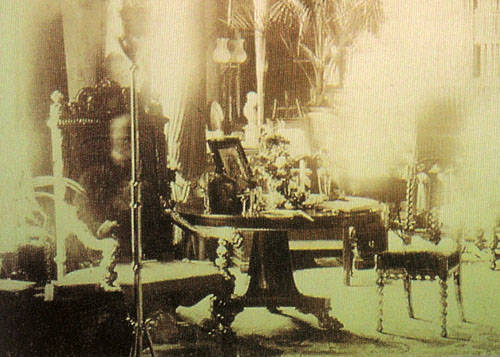The hellhounds
A hellhound is a supernatural dog in folklore. A wide variety of ominous or hellish supernatural dogs occur in mythologies around the world, similar to the often seen dragon. Features that have been attributed to hellhounds include mangled black fur, glowing red eyes, super strength or speed, ghostly or phantom characteristics, and a foul odor. Certain European legends state that if someone stares into a hellhound’s eyes three times or more, that person will surely die.
In cultures that associate the afterlife with fire, hellhounds may have fire-based abilities and appearance. They are often assigned to guard the entrances to the world of the dead, such as graveyards and burial grounds, or undertake other duties related to the afterlife or the supernatural, such as hunting lost souls or guarding a supernatural treasure. In European legends, seeing a hellhound or hearing it howl may be an omen or even a cause of death. They are said to be the protectors of the supernatural, guarding the secrecy of supernatural creatures, or beings, from the world.
Some supernatural dogs, such as the Welsh C?n Annwn, were regarded as benign, but encountering them was still considered a sign of imminent death.

Tucked away in Dartmoor’s Wistman’s Wood, this supposedly haunted forest in Devon contains hundreds of twisted trees and moss-covered stones. A common story involving Hellhound’s Heaven concerns a hooded figure in dark robes that walks with a pack of hellhounds. If any human dares to enter the forest, the spectral man threatens to steal their soul.
Besides the ghost of Hellhound’s Heaven, Dartmoor is awash in eerie legends. From the feline Beast of Dartmoor to the relatively new “Demon” of Dartmoor, Devonshire may be the heart of supernatural England. No wonder Sir Arthur Conan Doyle decided to set his spookiest Sherlock Holmes story, “The Hound of the Baskervilles,” in Dartmoor.
As for Hellhound’s Heaven, rational minds believe that the forest’s sinister reputation is based on the fact that Wistman’s Wood was allowed to grow wild, thereby making the area dense in vegetation. Others believe that the many ghosts are due to the fact that Dartmoor was once roamed by druids and other pre-Christian peoples who actively engaged in pagan rituals.
Originally posted 2016-09-11 18:14:17. Republished by Blog Post Promoter













